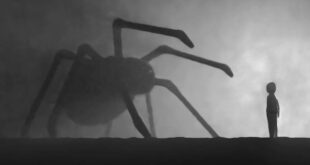As human beings, we have some unique behaviors, tendencies and quirks. One such advantage is the ability to gain knowledge. Lots and lots of it, without a limit, and apply that knowledge in real-life. However, as we learn more about the animals, plants and the universe, we see that there’s so much more to learn. Here, we have gathered some amazing facts that will not only amuse you, but also provide you with some interesting information.
1. The stationmaster of Kishi train station in Japan is a cat named Nitama. The position was previously held by another cat named Tama. When Tama passed away, Nitama, who graduated from Cat Stationmaster Training School, beat several other cat candidates to become the stationmaster.
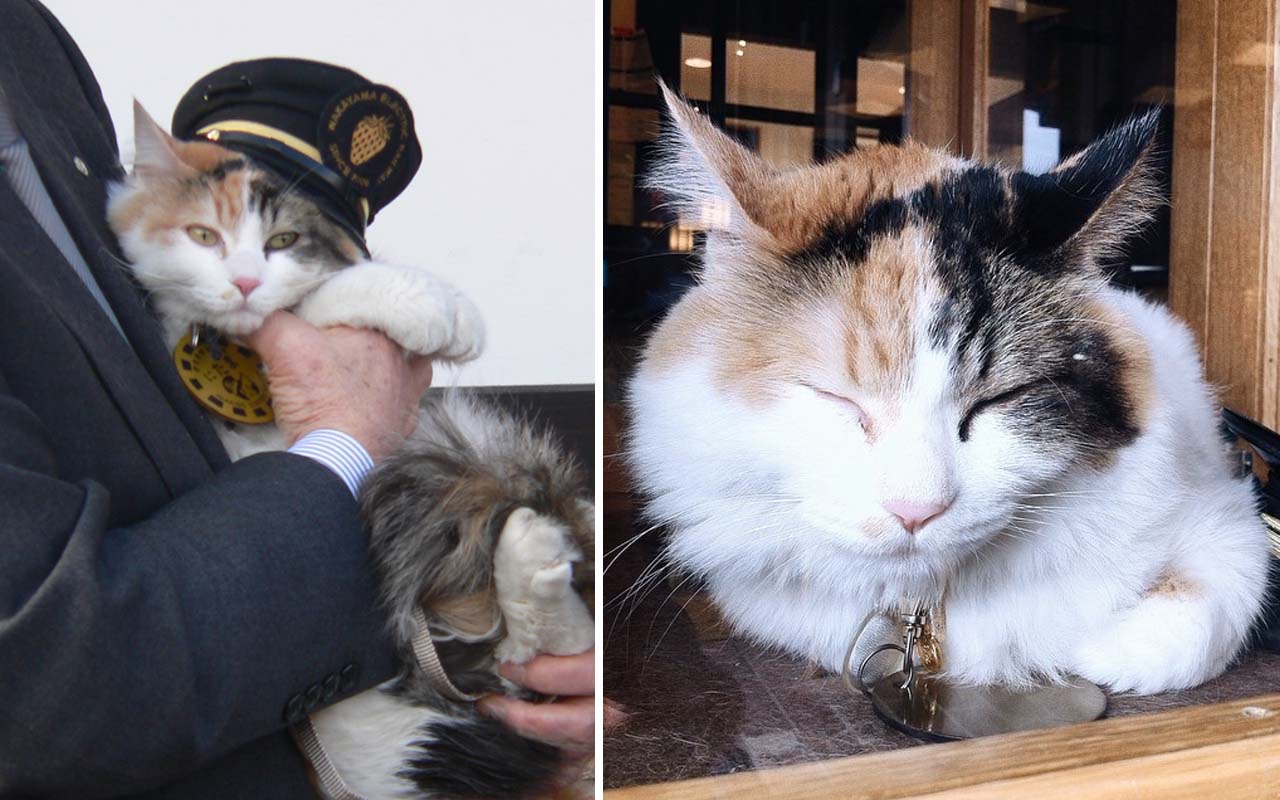
Since 2008, Tama, a female calico cat, was the stationmaster for Kishi train station in Wakayama Prefecture’s rural Kinokawa neighborhood. Until 2015, Tama remained the successor until she passed away. The sam year, Nitama, who had graduated from Cat Stationmaster Training School, and had served time as stationmaster at Idakiso Station for five years, took the position as the stationmaster. In order to become a stationmaster, the cats have to go through the school that checks whether they have a relaxed attitude towards people, as well as the willingness to wear a hat. Despite the rules, Nitama does not like wearing hats, but her cute looks and previous job experience was enough for the officials to make her the stationmaster of Kishi train station. (source)
2. Mountains on Venus are capped with snow, just like on Earth. However, unlike Earth, Venusian snow is made up of heavy metal-containing minerals.

While some of the most unique mountains on Earth are snow capped, they are by no means unique, and neither is the snow. Mountains on Venus are also covered by snow, except the snow ais made from heavy metals. Although scientists have never actually seen snow fall on Venus, they have observed metallic frost capping the planet’s mountains. The frost is believed to be composed of the minerals galena (lead sulfide) and bismuthinite (bismuth sulfide), and was first observed by NASA’s Magellan Mission to Venus in 1989. As Dr. Bruce Fegley, professor of earth and planetary scientists at Washington University in St. Louis, explains,
“On Venus, the lower atmosphere and surface are hundreds of degrees hotter than the surface of the Earth and metallic compounds emitted by volcanoes on Venus condense in the cooler regions of the atmosphere and snow out on the surface.” (source)
3. The polar bear’s stark white coat provides camouflage in surrounding snow and ice, but under their fur, polar bears have black skin.

It’s a common misconception that polar bears are white, like the environment we usually see them in. However, a polar bear’s fur is made up of two layers – an outer layer, that consists of guard layers and an under layer with shorter hair. The outer layer of the hair is actually clear, and insulates the animal from the harsh cold environment. Under their fur, their skin is black, which helps them absorb heat from the sun and conserve energy. According to Nat Geo, the clear fur allows as much light as possible to get into the skin, but appears white so that the bear can blend in with its environment of ice and snow. (source)
4. The bee larvae chosen to be queen by the worker bees is fed a royal jelly throughout her life. Other bees are forbidden from consuming the royal jelly.
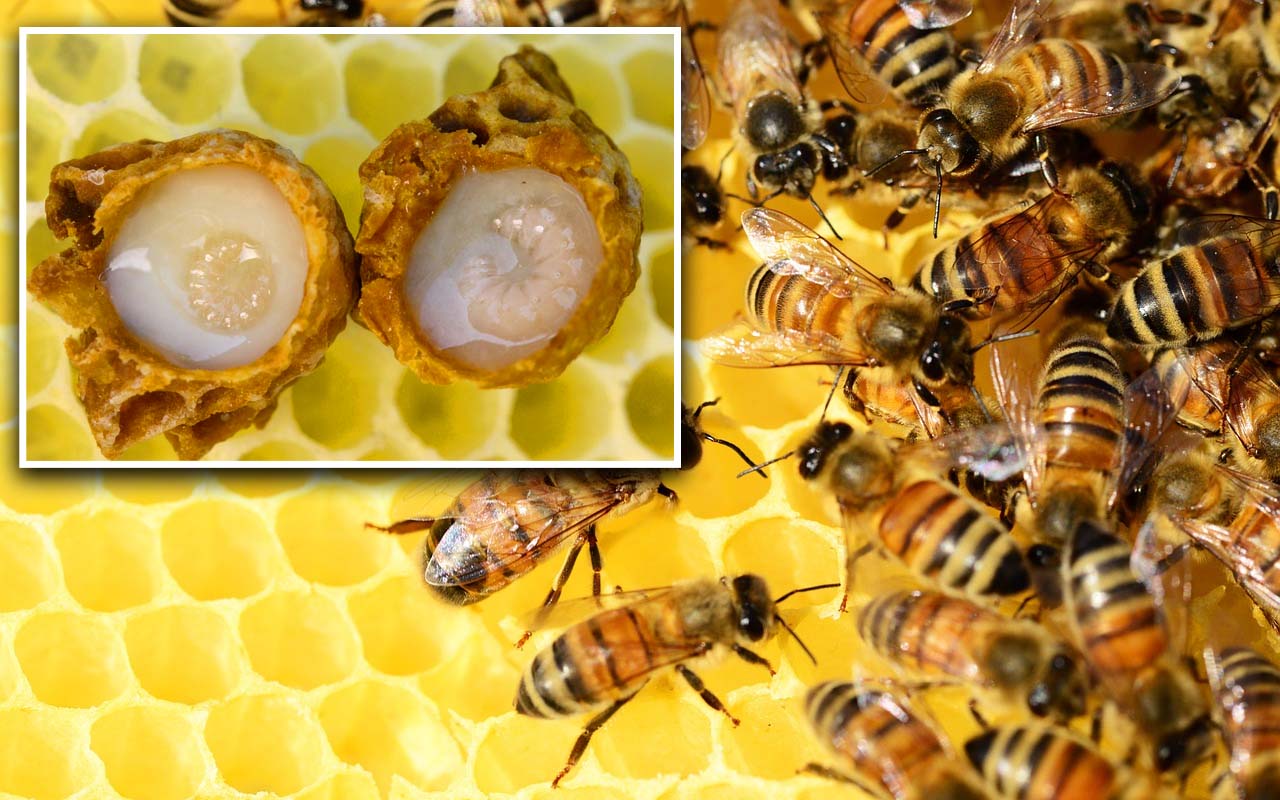
The royal jelly is a protein-rich liquid made by the worker bees, which is fed to the larvae chosen by the workers to be come the queen. Once the queen bee completes the larval stage and emerges, she is only fed royal jelly throughout her life. Queen bees are completely different from other bees. They are 1.5 times the size of worker bees, can live for generations, and have a totally different set of behaviors from the other bees in the hive. Like its name, the royal jelly is an expensive product, which is only to be consumed by the queen.
In order to understand the effects of the royal jelly on a queen, scientists conducted an experiment where they fed different diets to two sets of bees. For one group, the diet included phenolic acids, while the other group had no phenolic acids. At the end of the study, scientists found that the group who were fed diets with phenolic acids showed signs of shrinkage in their ovaries. Since the queen bee is the mother, the bees do not want her ovaries to shrink and thus, they restrict her from any pollen or honey. The royal jelly is what basically keeps the colony alive by keeping the queen bee alive. In order to ensure that the queen bee has enough royal jelly, other bees are forbidden from consuming it. (source)
5. Dogs are capable of predicting when their owner will return home, based on the amount of smell left in the house.

All dog owners know that their beloved canine friend knows exactly when they come home. This is not just because dogs have a perception of time, but also because of their amazing ability to smell. According to scientists, dogs can tell time using their sense of smell. If their owners have a regular work routine and come home at a specific time, then the dogs can detect the amount of smell left in the house to precisely predict when they will arrive. Dogs are capable of telling time using smell thanks to their extraordinary nose, which has millions more receptors than that of a human nose. (source)
6. In some parts of the world, spiders and frogs have developed close relationships with each other. The spiders keep the frogs as pets and keep them safe from predators while the frogs make sure the spider’s eggs are safe from small insects.
Scientists around the world have been observing a strange and unusual relationship between spiders and frogs. The spiders take care of the frogs, like humans take care of dogs. In return for protection from predators, the frogs catch small insects that the spiders cannot repel. The insects also act as a source of food for the frogs. Studies also show that the spider uses chemical cues to recognize the frogs. (source)
7. Pandas don’t care where they sleep. When they are tired, they just fall asleep wherever they happen to be.
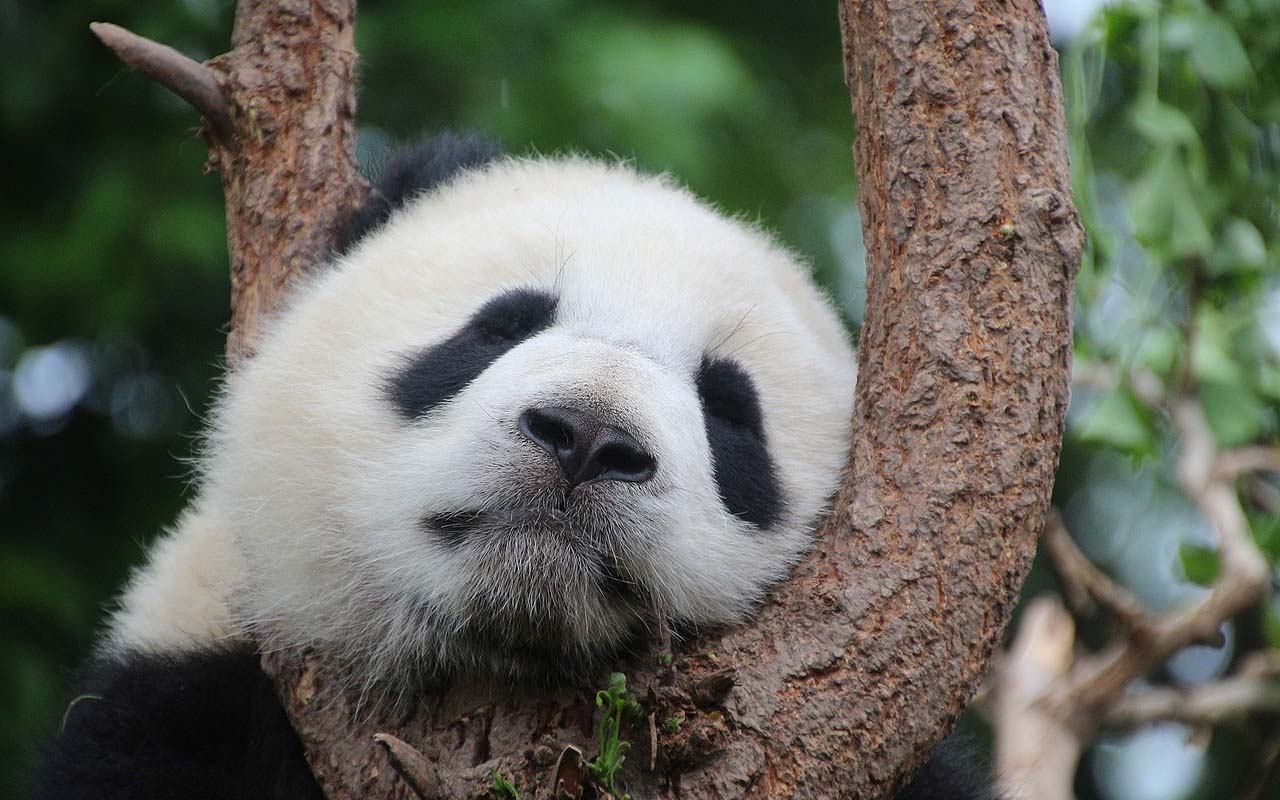
Unlike human beings and other animals, pandas are not picky. Since they have no natural predators to worry about, they just about fall asleep wherever they happen to be. In the wild, they opt to sleep on the forest floor, branches or any other spot that they are at when they happen to be sleepy. Apart from sleeping, they also spend the rest of the day eating, resting and taking naps. (source)
8. If you put a goldfish in a dark room, it will affect its skin pigment, causing the fish to become pale.
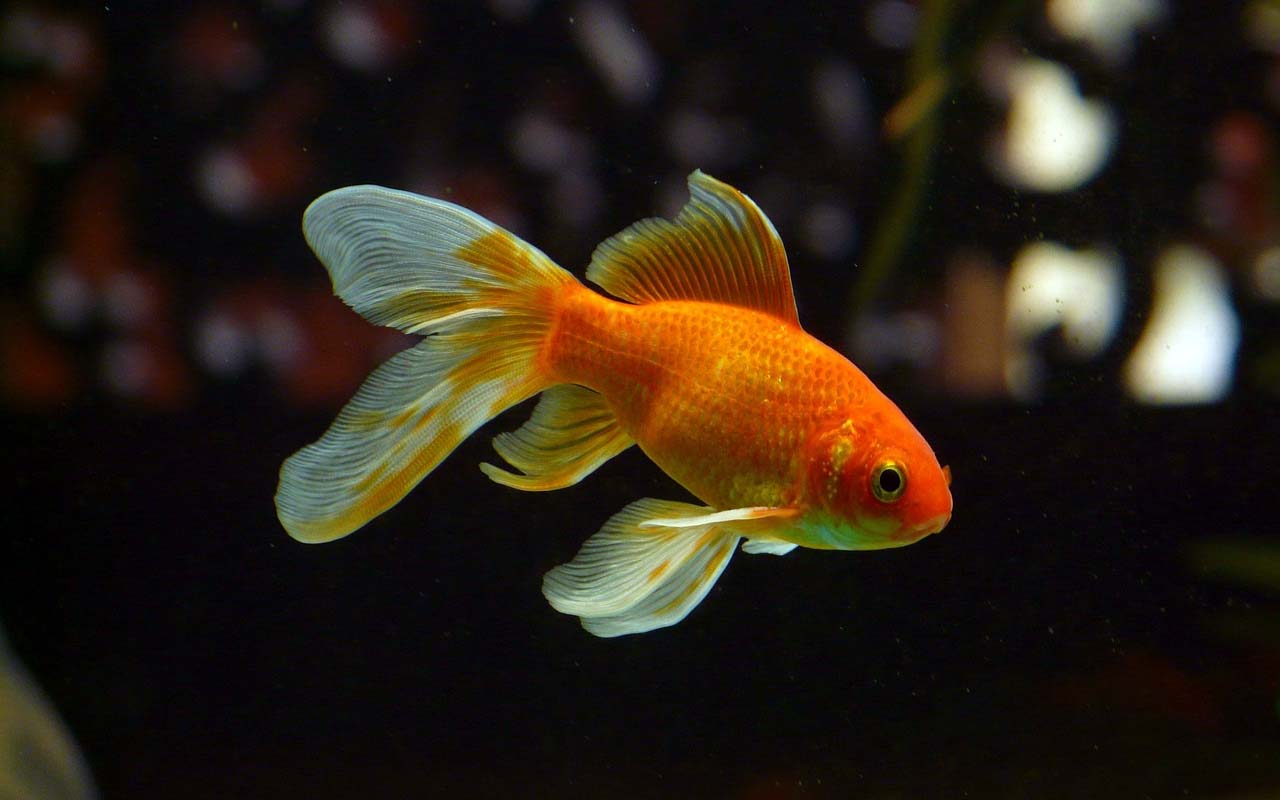
The goldfish is full of recessive genes, which means that it is common for them to change their color throughout their life. If you leave your goldfish in the dark, you will probably notice that it becomes paler with time. And if you keep a goldfish indoors without full spectrum lighting, then their color will change from reddish orange to a pale orange color with silver washouts. This is because the goldfish gets its color from sunlight or other sources of natural UVA and UVB. Pigments in the diet, such as carotenoids, also have a large role on the coloration of a goldfish. (source)
9. Sheep self-medicate by eating certain plants when they are sick or not feeling well.
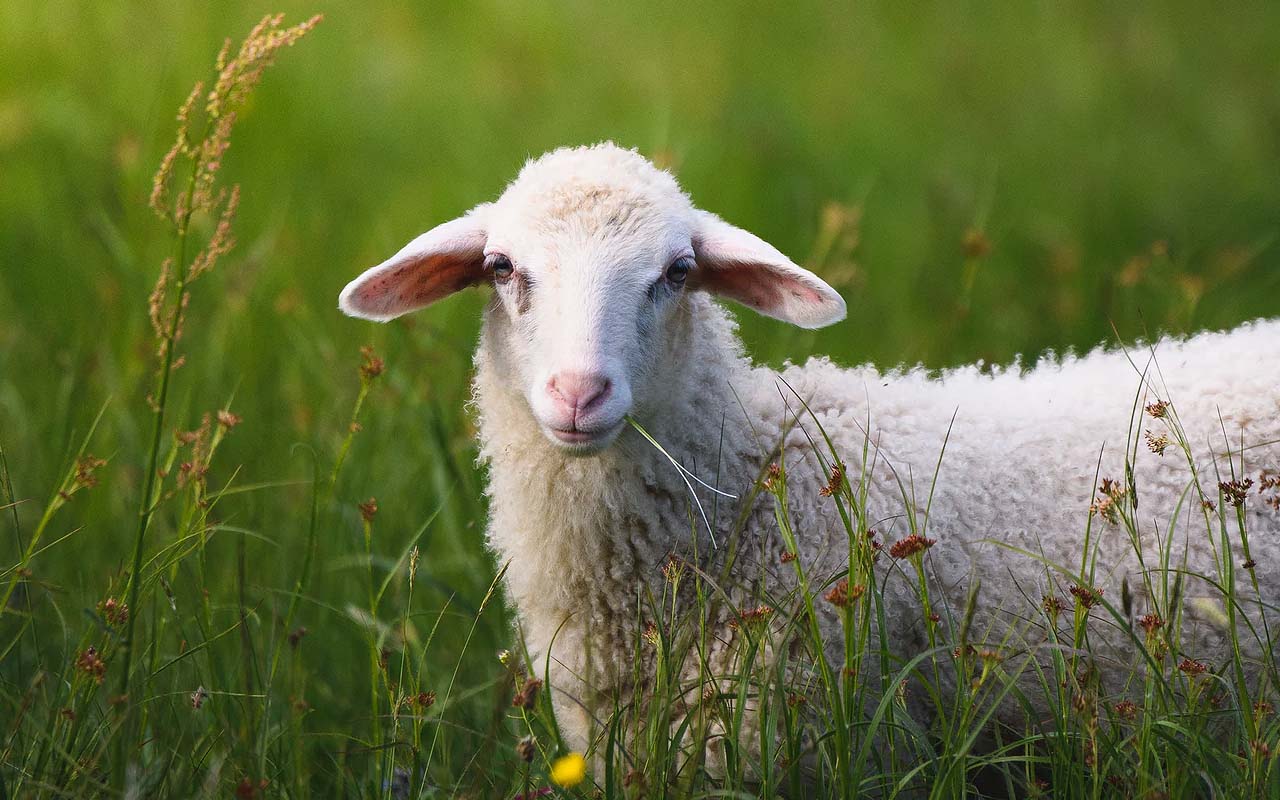
As humans, we know that antacids help with stomach aches and aspirin helps relieve headaches. Scientists observed that when a sheep becomes sick, it grazes on specific plants that help them with their ailments. A study by Utah State University researchers found that the animals are in fact capable of understanding foods that cause ailments as well as foods that help reduce them. The study that was carried out on 10 lambs over a period of eight months, found that when they encounter minor ailments, the animals do selectively eat plants to get rid of them. (source)
10. Sea otters have a special pouches in their skin that they use to store food while they swim. They also use the pouches to store their favorite rocks that they use as tools to open mollusks and clams.
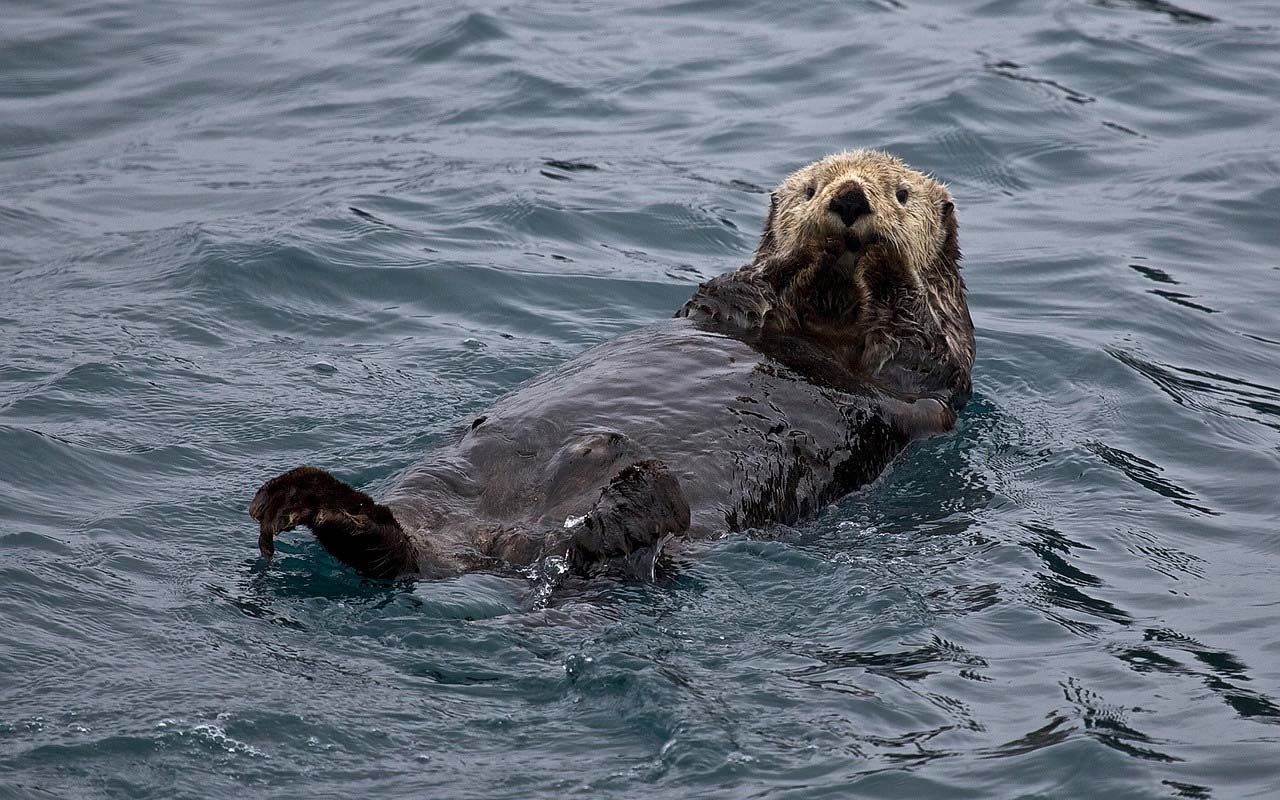
It’s a known fact that sea otters hold hands with each other when they sleep so that they don’t drift away. Another interesting fact about these little critters is that they have special pouches in their skin under each forearm. Rocks play an important role in their lives since they act as a tools to pry open mollusks and clams. Just as we carry our phones in our pockets, sea otter carry their favorite rocks everywhere with the help of these little pockets. (source)

